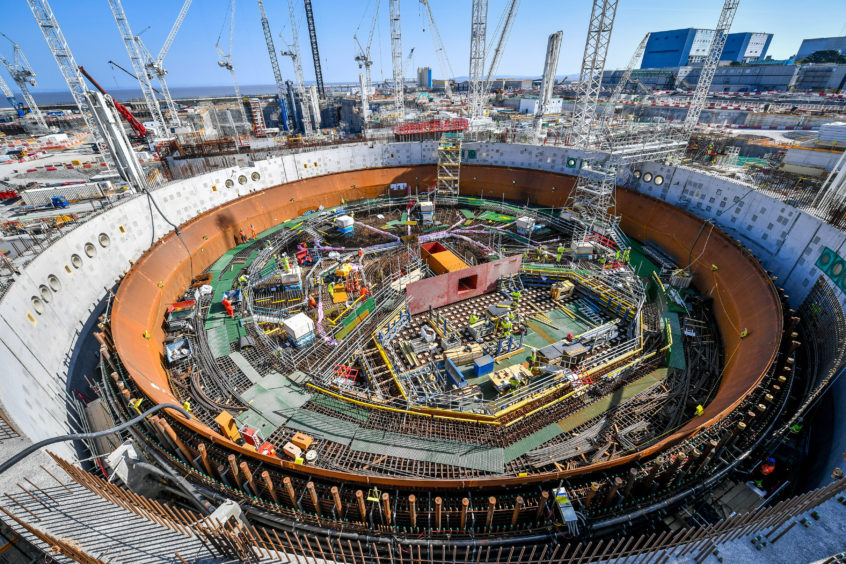
In the Spring Budget, the Chancellor confirmed nuclear as “environmentally sustainable” removing an element of uncertainty which will enable the UK to plan and finance nuclear energy infrastructure in the long term. However, building confidence in technology and equipment will be key for the UK Government in delivering new nuclear power generation.
The perception of nuclear
The perception of nuclear technology by both investors and the general public is largely based on well-known and highly publicised international events – most notably, the Chernobyl disaster in 1986 and the more recent 2011 accident in Fukushima. Both of these incidents were preventable, had international best practice and standards been observed.
In the past 10 years, however, there has been a slow but positive shift in the perception of nuclear energy by the UK public. In 2012, only 9% strongly supported the technology and 29% supported its use for electricity generation. According to Statista, this increased to 18% strongly supporting and 24% supporting by 2022 and, those opposing or strongly opposing, dropping from 27% in 2012 to 13% in 2022.
The recent energy crisis has further driven positive sentiment toward the technology. A 2023 survey found a 25% increase in net support for new nuclear power since June 2021, with support growing across every age group and nation across the UK.
This shift in perception will be bolstered by the Government’s classification of nuclear as “environmentally sustainable”. This is particularly important when considering the benefits that small modular reactors (SMRs) could offer the UK’s electricity network, another focus of the Spring Budget.
The potential benefits of new technologies
Smaller-scale power plants offer the potential to leverage modular off-site manufacturing for flexible deployment, but most importantly, they require less water for cooling and can therefore be located further inland than typical nuclear energy facilities. This means that SMRs could be located closer to where the energy demand is higher – reducing the amount of infrastructure required to transfer energy to where it is needed.
The UK Government has launched “Great British Nuclear” with a mission to identify the best small modular reactor (SMR) technology for the UK. Whether this will be the Rolls Royce SMR initially proposed at three sites, or one of the other available technologies, there will be a need to ensure that the UK has the manufacturing capability, innovation and skills necessary to capitalise on this opportunity.
As with any emerging technology, there is an abundance of caution around the use of SMRs, from the Government and investors, but particularly the general public who know little about the technology.
Building confidence
The nuclear industry is already highly regulated, but energy companies can go further to help build confidence to garner the support of stakeholder, investors and the general public. Independent inspection, undertaken by a third-party, plays a key role.
Inspection can ensure compliance with global and local regulations to help successfully integrate new technology. Experienced third parties can also advise on new frameworks of safety standards, which build trust and confidence in emerging technology, enabling future developments to progress.
The Spring Budget was a positive step toward the use of nuclear energy to maintain the energy security of the UK. However, this will only be achieved by gaining the support of all key stakeholders – the Government, investors and potentially most importantly, the public. Inspection and assurance service providers have a vital role to play in establishing confidence at this pivotal turning point.
Simon Emeny is responsible for the strategic direction and client focused delivery and performance of LRQA’s – formerly part of Lloyd’s Register – nuclear business within management systems and Inspection Services disciplines.
Recommended for you

 © Supplied by SpeedComms
© Supplied by SpeedComms